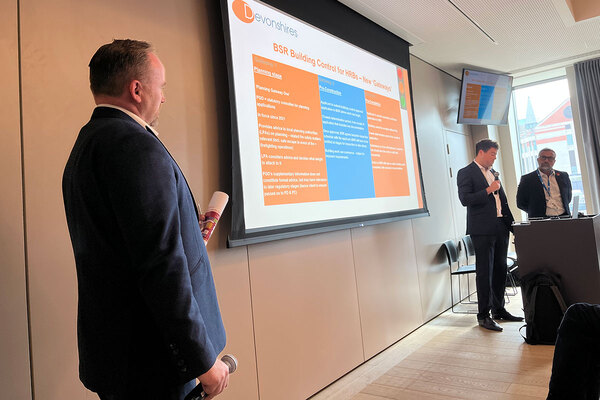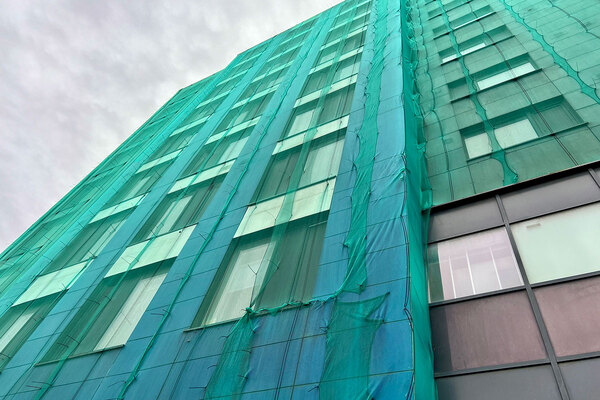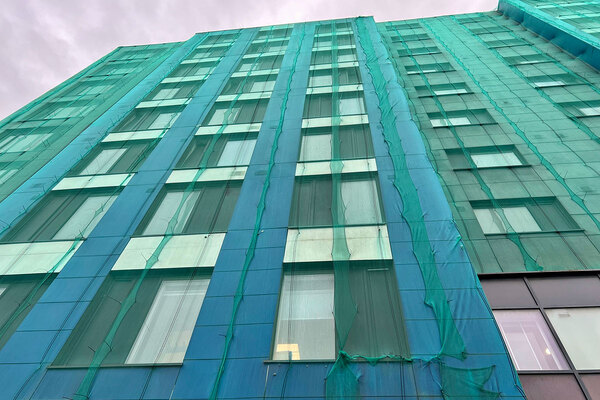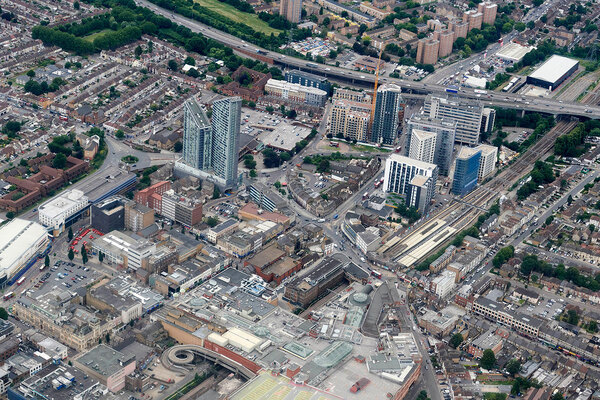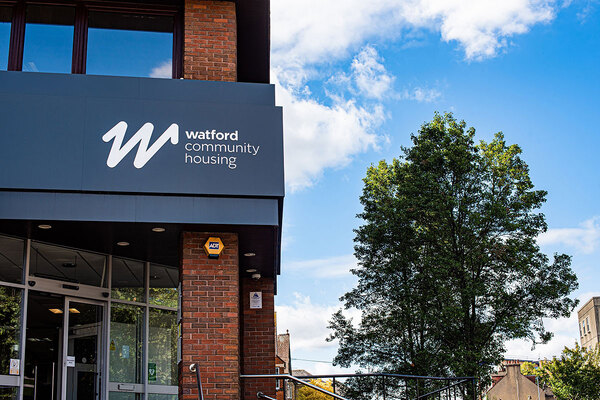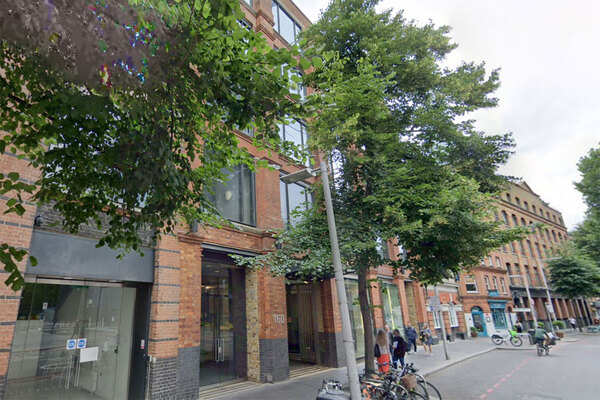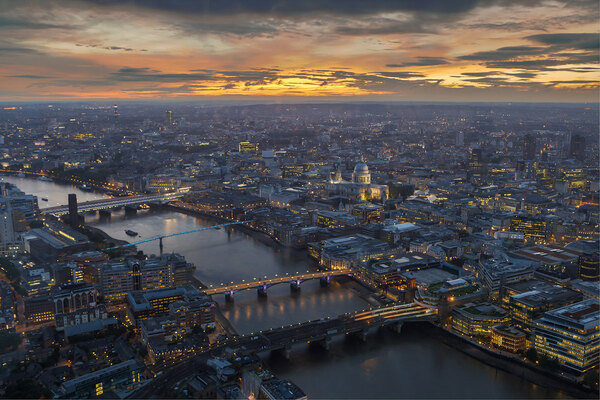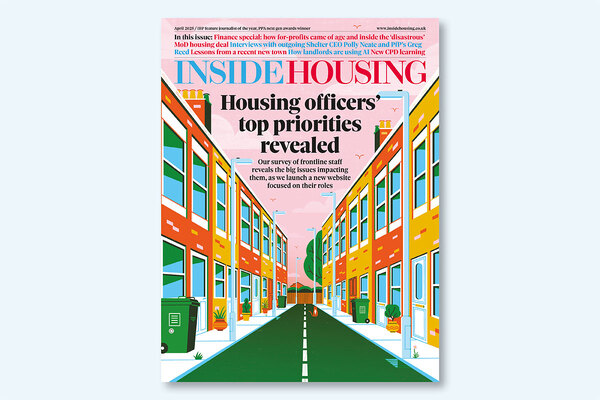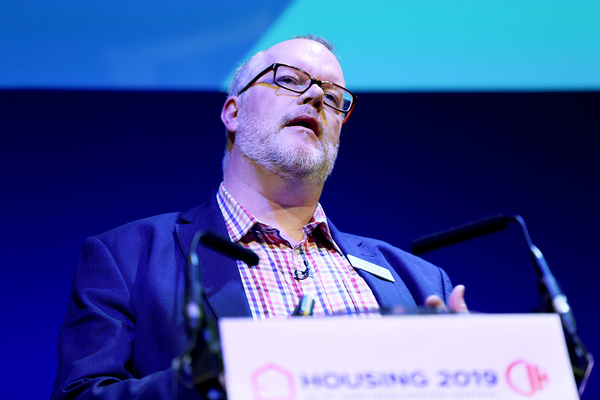Building Safety Regulator signs off one in 10 remediation plans
The Building Safety Regulator (BSR) signed off just 14% of developers’ remediation plans in the past year, according to new figures.
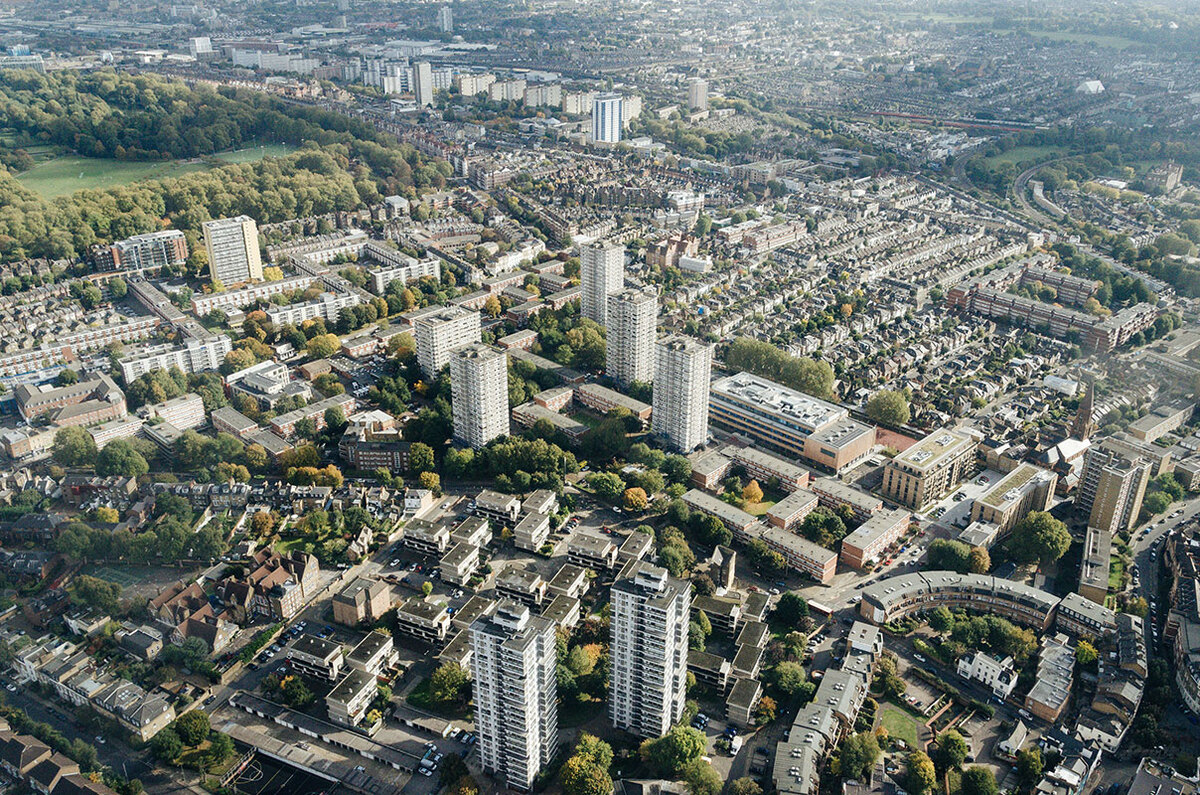
A Freedom of Information (FOI) request submitted by the Fire Industry Association appeared to confirm developers’ concerns about bottlenecks at the fledgling regulator, which must approve all fire safety plans before work can begin.
According to the FOI results, from 1 October 2023 to 16 September 2024, the BSR received 1,018 applications by developers to its Gateway 2 screening service, where fire safety plans are examined and approved.
Of these, just 146 applications have been signed off as compliant, allowing construction to start on site. This equates to 14% of applications approved over nearly a year.
A total of 25 applications have been rejected, meaning 847 applications have not yet received a decision either way.
The data includes applications for new buildings and work on existing buildings. A breakdown between these was not provided, but previous responses from the BSR have indicated that most applications have been for work on existing buildings.
Reasons for applications not being approved have not been provided. The BSR previously said many applications were of poor quality.
However, Jon Pagan, chair of the Fire Industry Council, pointed out that the regulator has refused pre-application technical discussions, which led “many people to ‘have a go’ at submitting applications”.
Writing on LinkedIn, he asked: “Is that the fault of the design teams for not understanding [the] BSR’s requirements, or [the] BSR’s fault for not explaining their requirements? Presumably each side will blame the other, but one way or another, this is not good.”
Mr Pagan said that introducing a new approval process for fire safety plans will inevitably mean a “hiatus in starts on site”. However, he said, “the approval process that’s been developed is so impractical that the hiatus is going to be much, much longer than was really necessary”.
He called for design teams to “up their game” and for the BSR to “really scrutinise the approvals process”. “Make it a process that does guarantee good standards of construction, but without being unnecessarily difficult to get approval,” he added.
A Building Safety Regulator spokesperson told Inside Housing it had experienced an “unexpected increase” in applications, which led to delays in processing, as well as high numbers of incomplete or unclear applications.
They said: “We’re continuing to identify areas where we can stabilise and improve the new building control approval process for higher-risk buildings.
“Operational contingency measures were immediately put in place following an unexpected increase in applications, which led to some delays in processing. While, in part, this backlog has been due to an unexpected increase in applications coming into the BSR, we are also experiencing high numbers of applications which are incomplete or unclear, making them unsuitable for approval.
“As of 16 September, the BSR has received 808 applications for building control approval on higher-risk building projects. Over 40% of these have been invalidated or rejected as they were either incomplete or failed to demonstrate full compliance with building regulations.
“Applications that are invalidated and rejected still require much of the same process and resources as those which are validated and approved. Clear and comprehensive applications enable us to make informed decisions more quickly, reducing the risk of delays and ensuring compliance with building control standards.
“[Applicants] should ensure they read and follow the guidance already issued by the BSR, and to take professional advice where necessary to ensure their applications are of sufficient quality.
“We are in contact with applicants whose applications have been validated, to keep them updated on the progress of their case.
“We are also working closely with industry to identify areas where we can strengthen our advice and guidance for applicants to encourage high-quality applications that fully comply with building regulations.”
The Building Safety Act introduced three ‘gateways’, or checkpoints, that developers, designers and contractors need to pass, in a bid to increase oversight over buildings classed as being higher risk.
Projects cannot move to the next stage without approval. The first gateway is the planning process, the second is building control sign-off – required before work can begin on site – and the third happens at the end of construction to show the building is safe to occupy.
While the BSR intends to issue completion certificates within 12 weeks of a developer applying for one, lawyers have told Inside Housing that, “in practice, this is already taking longer, largely due to a lack of capacity”.
Sign up for our fire safety newsletter
Already have an account? Click here to manage your newsletters
